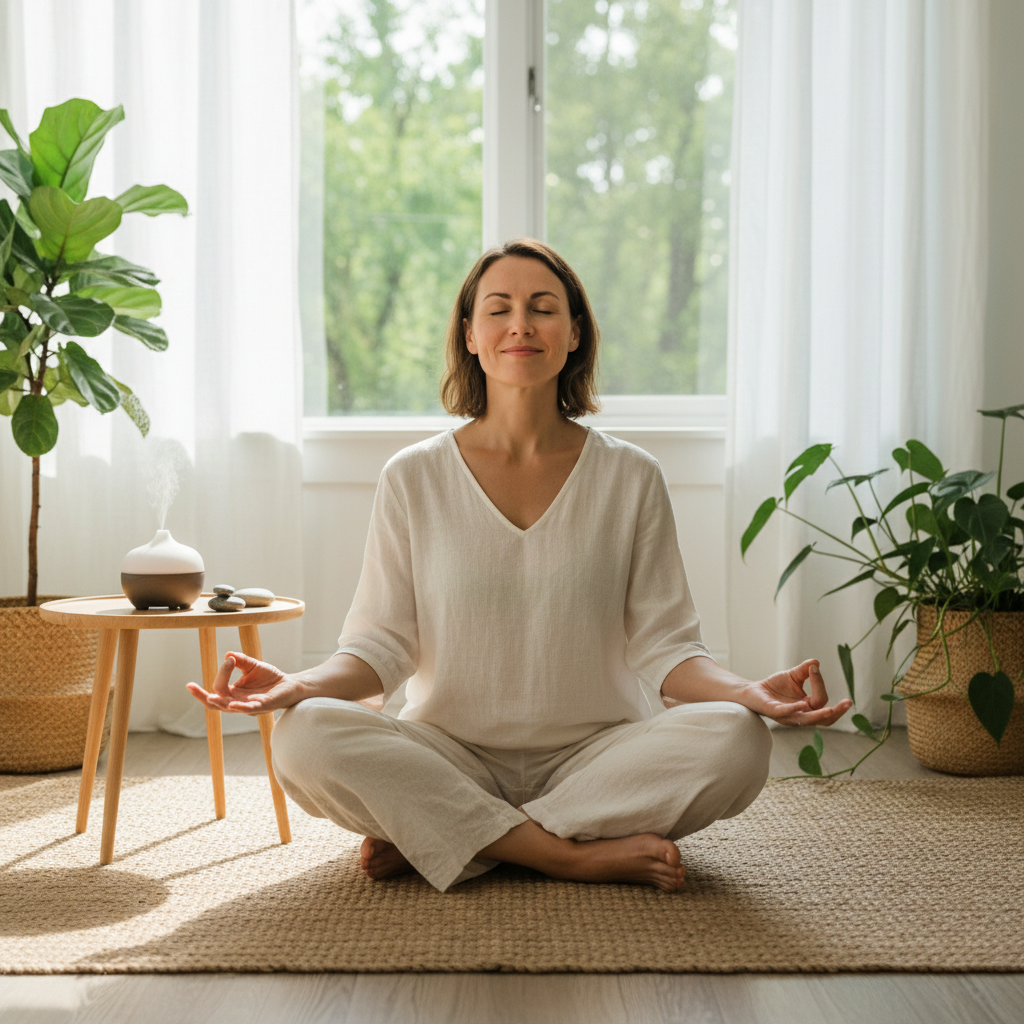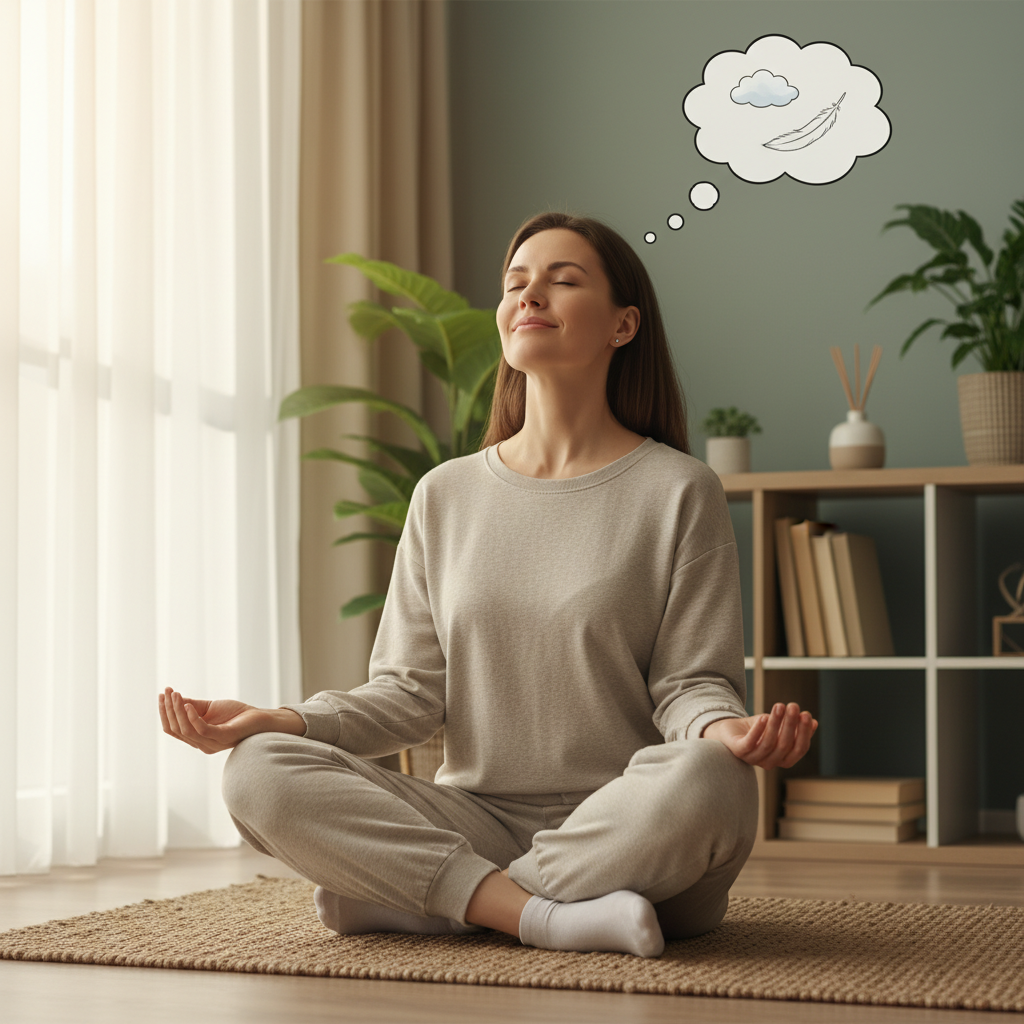Easy and Effective Self-Soothing Techniques for Adults – Regain Calm and Emotional Balance Today

What Is Self-Soothing?
Self-soothing techniques for adults empower you to become your own emotional superhero, stepping in with calming strategies when life feels overwhelming—like a chaotic toddler throwing spaghetti on the walls. By engaging your senses and applying mindfulness, you can pause panic, slow your nervous system, and regain emotional balance. Self-soothing is rooted in evidence-based practices, including those taught in Dialectical Behavior Therapy (DBT), making it a practical and scientifically supported way to reduce stress. Fun fact: your body loves these techniques—they lower your heart rate faster than fast-forwarding through a tedious meeting.

Top 7 Easy Self-Soothing Techniques for Adults
1. Deep Breathing Exercises
Think of deep breathing as giving your frazzled brain a power wash. To practice:
– Inhale slowly through your nose for 4 seconds.
– Hold your breath for a count of 4.
– Exhale gently through your mouth for 6 seconds—longer out than in, because science says so.
– Repeat for 5 minutes.
Your heart rate slows, your muscles relax, and your stress takes a step back.
2. Grounding Using Your Senses
Grounding is a simple way to distract your mind from anxiety. Try this:
– Identify 5 things you can see (even that quirky wall art).
– Listen for 4 distinct sounds—traffic, birds, or even your neighbor’s singing.
– Feel 3 different textures near you, like your cozy sweater or your phone.
– Notice 2 smells around you—coffee brewing, fresh laundry.
– Taste something small, like peppermint gum or a piece of candy.
This sensory check-in pulls your attention to the present moment.
3. Positive Self-Talk
Speak to yourself as you would to your best friend:
– “I am safe right now.”
– “This feeling will pass quickly.”
– “I’ve got this, even if my coffee’s cold.”
This supportive inner dialogue can decrease anxiety and strengthen your confidence.
4. Gentle Movement or Stretching
No need for intense workouts—simple stretches or slow walks around your room can cast away tension and shift your mental energy, helping you regain calm.
5. Comfort Items

Hold on to tactile comforts like a soft blanket, a squishy pillow, or a stress ball. These familiar objects feel like little hugs, adding soothing sensory input. Bonus if they smell like vanilla or another calming scent.
6. Visualization and Guided Imagery
Close your eyes and picture your happy place—whether it’s a sunny beach or your favorite childhood spot. Engage all your senses: the warm sun, salty air, soothing sounds, and even the delicious taste of a treat. This mental escape offers an instant vacation without leaving your chair.
7. Engage with Nature
Step outside to connect with the natural world. Feel the breeze, listen to birds, touch the grass or leaves. Nature naturally calms your nervous system and reminds you that it’s okay to not have everything perfect. For further grounding techniques, explore our grounding exercises to reduce stress article.

Why Self-Soothing Works – Insights from Experts
When stress hits, your brain’s amygdala—the infamous “oh no!” button—lights up, triggering anxiety and panic. Self-soothing techniques activate the parasympathetic nervous system, your body’s natural chill-out center. By flipping this switch, your mind and body relax, restoring control and reducing anxiety. This process works without relying on external validation or unhealthy habits. For an in-depth look at the science behind these strategies, check out Psychology Today’s expert insights and the comprehensive Healthline guide to self-soothing.
Frequently Asked Questions
- Can I use self-soothing techniques anytime?
- Absolutely. Whether you’re waiting for a meeting, experiencing emotional overload, or battling Zoom fatigue, these self-soothing techniques are your versatile emotional toolkit.
- What if I don’t feel calm immediately?
- That’s completely normal. Emotional regulation is a skill built like a muscle—with persistent practice and patience, calm will come.
- Can these techniques be combined with therapy?
- Yes! Think of self-soothing as valuable homework between therapy sessions, earning you extra emotional credit.
- Are these techniques beginner-friendly?
- Totally. No special training needed—just a willingness to try and perhaps a comfy chair.
Related Reads to Keep the Calm Train Rolling
- Mindfulness Meditation for Beginners – Because sometimes your brain needs a nap.
- How to Manage Anxiety Naturally – No magic pills, just magic you can do.
- Tips for Healthy Sleep Hygiene – Because sleep beats everything.
- Grounding Exercises to Reduce Stress – More ways to keep your mind on the now.
External Resources to Nerd Out On
- Healthline: Self-Soothe: 15 Tips to Calm Distress – Your go-to list of good vibes.
- Psychology Today: Self-Soothing Strategies for Troubled Times – Expert advice with fewer feelings hurt.
- Dialectical Behavior Therapy (DBT) Skills – The official self-soothing playbook.
Wrap It Up Like a Pro
Incorporating just a few of these self-soothing techniques into your daily life offers your brain a much-needed spa day—without the cucumber slices or awkward small talk. Start simple, be consistent, and watch your emotional resilience soar faster than you finish your morning coffee.
Still here? You’re officially my favorite. Share this post on Pinterest, Instagram, or even carrier pigeon—whatever works for you. And hey, what’s your go-to self-soothing method? Drop a comment below before your 7-year-old interrupts again. Your story might just save someone else’s day.
Written by [Your Name], mental health advocate and wellness blogger, bringing solid advice, a dash of sass, and the occasional deep breath.


